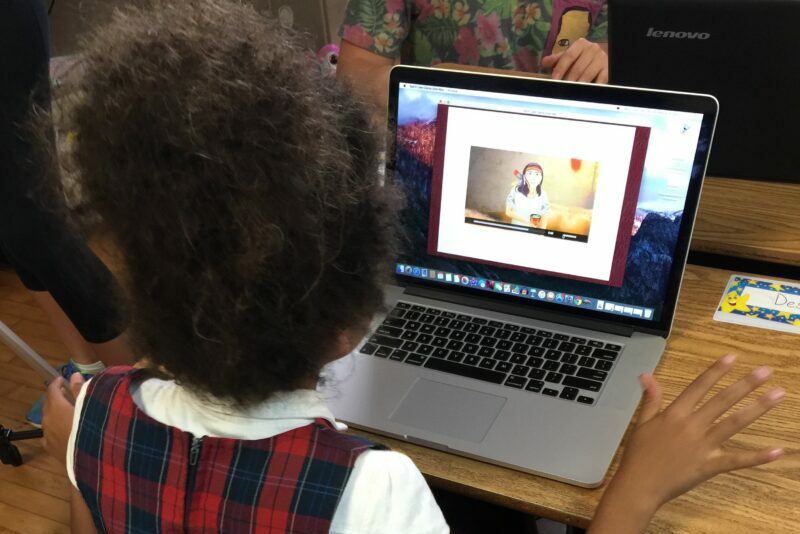For decades now, technology has been heralded as the savior of K12 struggles, yet when it comes to academic performance, little has changed. And for all the discussions about the impact of COVID-19 on student learning, this was the case long before the pandemic upended back-to-back school years.
As we – as a society – work to address improving student learning, it’s also a time to reassess and progress.
Teaching is most effective when it’s done in context, allowing students to see the direct connection between the content and their actual lives. EdTech not only needs to meet the needs of, but reflect the realities of students. And it has the power and potential to do so.
But to do so, edtech needs to be accessible in every meaning of the word. That means creating technology that runs in students’ communities, including their homes. It’s why we’ve tested our software from one-room school houses in the Andes to students’ homes on the Navajo Nation reservation. It means leveraging advances in programming that enable us to create leveled content that meets individual students where they’re at instead of where standards say they “should be.”
There needs to be content that reflects students’ daily lives and their communities. Creating characters or problem sets that look like them and sound like them and take place in places where they live. And you have to mean it because kids are far more perceptive than they’re often given credit for. They will see through performative inclusion before they even get past the login screen. For us, that’s meant creating a game about Chilean history that aligns to Chile’s national math curriculum in Chilean Spanish, then turning around and adapting elements of that same product to create a game about Dakota culture and present day applications of U.S. Common Core math standards at a powwow using voiceovers from kids in that tribal community.



